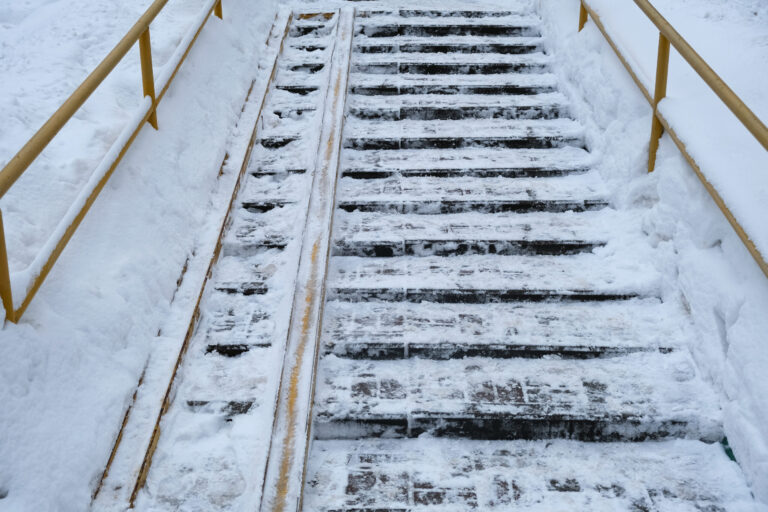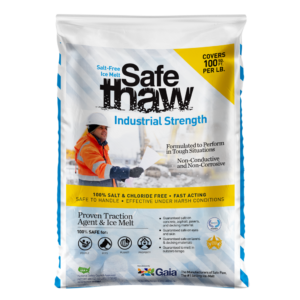Prevent Slipping On Ice-Covered Stairs By Using Instant Traction Agents

Slips and falls are among the most common causes of injury during the winter season. If the main entrance of your house has stairs, it is important to keep them ice-free during the winters for the safety of everyone. Or if you have to climb slick stairs out of your home then you must try to get the maximum traction that you can to avoid any falls. Spikes for shoes to walk on ice helps to increase the required traction between the ice layer and your shoes.
In this article, we will discuss walking on ice safety tips and how to protect your loved ones from slipping and falling on the stairs. The primary reason behind ice slipperiness is the presence of a thin watery layer on the surface of the ice. Let’s see what we can do to prevent slipping and falling on the ice:
Snow and Ice Removal Techniques
First and foremost, it is always better to get rid of the fresh snow from your stairs. Shoveling snow at the right time helps in preventing the accumulation of snow and later formation of slippery ice. It is a well-known saying that prevention is better than cure. But it is not always feasible because snow removal requires a lot of time and effort commitment from your side. You have to start shoveling the snow as soon as the snowfall stops. Shoveling is hard and can be painful for your back and hands as well.
Traction Agents
The best walking on ice safety tips is to use instant traction agents. Salts take time to work, and you can wait that long to cross the slick icy path. When it is freezing outside, steps can become a tripping hazard. Use a natural and instant traction agent to improve traction on the steps. The most effective natural traction agent for your personal use is Walk On Ice. Walk On Ice contains two types of granules – Absorbers and Grippers that helps to provide the required traction for walking. You can spread the granules on the steps to provide traction on the steps.
Install Tread Strips
Rubber or other synthetic tread strips are an excellent solution to keep your steps free of ice. To prevent the strips from dislodging during use, tack them to your steps.
Like all ice-control techniques, tread strips function best when you stay proactive. Remove snow off steps as soon as possible after a snowstorm. When snow is allowed to settle and compact, slick conditions can develop, so shovel or sweep your steps as quickly as possible after a snowstorm. Even after using tread strips, you need to be ready with your shovel.
Get ready for winter with Walk On Ice instant traction on snow and ice
Spikes For Shoes To Walk On Ice
Which boots can you walk on ice with? You need the spikes or ice cleats for shoes to provide you with enhanced traction while you are out in the snow. But ice cleats can be slippery when worn indoors on hard surfaces such as tile, ceramic, linoleum, sealed concrete, or epoxy.
Conclusion
In this article, we have discussed some of the best walking on ice safety tips to prevent falling on the ice. Walking on ice-covered stairs can be risky, but you can use natural traction agents like Walk on Ice to increase the traction on the surface.
FAQs
Other Ice Melt Products
Safe Paw
The Original and #1 Selling Pet and Child Safe Ice Melt for over 20 years. Guaranteed environmentally safe – will not harm waterways and sensitive wetlands. All products are made in the USA.

Safe Thaw
Imagine an ice melt you can put down and never worry about. It won’t harm pets, kids, and your property. That’s Safe Thaw. Unlike anything else on the market, Safe Thaw can change how winter affects our planet.



